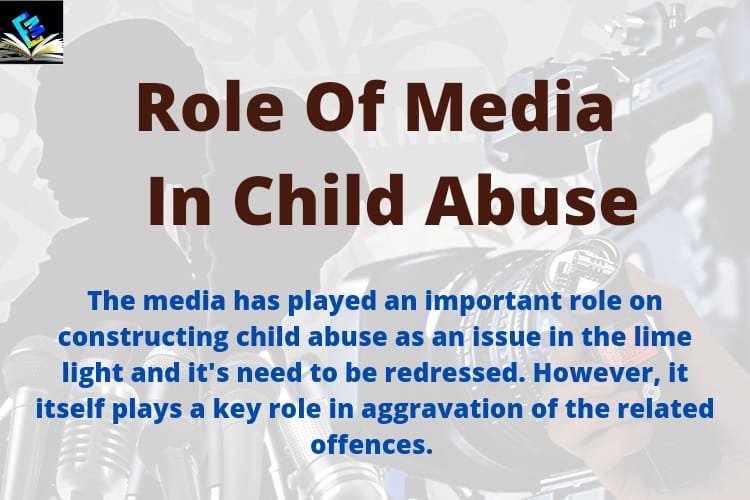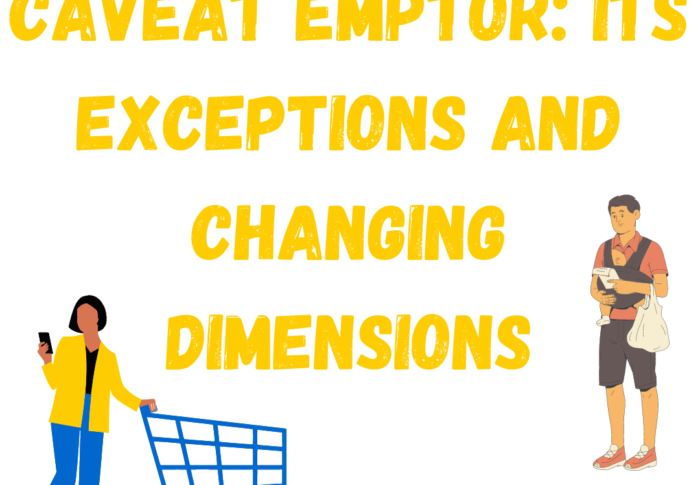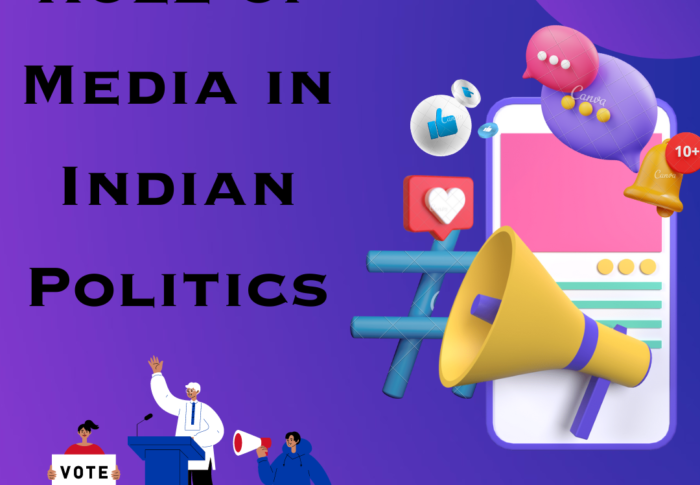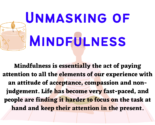
Role Of Media In Child Abuse
Author: Lavanya Murali
The media has played an important role in constructing child abuse as an issue to be urgently addressed. Child abuse can be defined as a variety of harmful behaviors directed against children. It can take many forms. It was once an issue largely neglected, but as a result of progressive media exposure, the severity is now being revealed. Seen across a variety of media content including TV Dramas, Soap Operas, Movies, news programs, etc, the gravity of the situation has reached a diverse audience.
The media has certainly played a huge role in the exposure of incidents of child abuse. However, many have observed that the media has only very recently shown a keen interest in this issue. It has just ridden the coattails and reflected the views of others. This laid the groundwork for effectively addressing this issue. A powerful influencer, especially in today’s world, the media is capable of swaying people’s perceptions on any topic and is responsible for how child abuse is viewed.
The Impact of Media
In her research, Kitzinger found that the media transformed public knowledge, but another important effect was the impact it had on “private” knowledge. It was not until the mid-1980s that survivors of abuse understood what they had been going through. This struggle to interpret their situation was the result of various factors. These included, inadequate conventional categories, cultural taboos on incest, and other social factors. Abused children and adults often had to process their experiences in the vacuum of social support. The media representation of abuse provided them with a framework for thinking about and processing their experiences and emotions.
The media has represented all types of abuse faced by children. ranging from sexual, physical, emotional, neglect – to how to report and handle these issues. Sensitizing the communities to such matters has allowed a larger number of perpetrators to be punished and has also provided validation to the victims.
There is, however, speculation that damaging distortions of information have created an atmosphere of fear, blame, and mistrust. As a result of defensive responses by national and local authorities, the child protection system has been under fire many times. The media has been a savior to several survivors of child abuse. There is, however, a dark side to media that is linked with abuse.
Social Media
With the spread of social media sites and the spikes in their usage, grooming has become quite easy. Grooming is the process by which someone builds a relationship with someone younger. This is done by gaining their trust and creating an emotional connection, only to manipulate, exploit and abuse them. This form of abuse is very prevalent, and many people experienced this when they were younger. The abusers shift the expectations of what safe behavior is and leverage fear and shame to keep the child silent. However, they may not have understood the situation completely, or thought if they brought up the problem they would also be incriminated.
Grooming can be done through several sources. Such as distinct servers, chatrooms, special interest groups, and other online forums targeting younger spectators. Older people infiltrate these forums and platforms with the intention of grooming. They prey on the curiosity and vulnerability of children while keeping their identity hidden through means like cat-fishing. Children often do not realize until it is too late. They may feel confusion, embarrassment, sorrow, or other emotions that may prevent them from speaking up about the abuse they are facing.
Trolling & Bullying
Online trolling and cyberbullying is another traumatic experience that many children go through. The anonymity of the internet has increased in cases of cyberbullying. Unlike traditional bullying that takes place only physically in certain places. Cyberbullying can take place anywhere at any time. The perpetrators can cause distress to the victim through online modes at any point in time. It can take place through either public (posts on social media) or private (messages) digital spaces. It is because of this that cyberbullying feels more permanent and the victims cannot see an escape from it ever. When cyberbullying is public, the posts spread fast and wide, and this can cause distress, embarrassment, and isolation. The harassment may then take place physically as well as online.
Stalking
Social media makes it easier to stalk a person through a profile. Stalking is the unwanted, repeated, and illegal surveillance of a person by another individual or group. Through means like cat-fishing, or using a friend’s account, people often engage in stalking behavior in online forums. This can be translated into real life, where the perpetrators use social media posts and other information on the profile to monitor the person physically. Many celebrities are victims of such stalking. Children who are not aware of the dangers posed by uploading certain information on social media may be targeted by abusers. Such trash humans then stalk and traumatize innocent children with it.
Vulnerability
The increase in ease of access to pedophiles has caused an increase in the abuse of children. Building from all these new platforms and illegal websites are morphing of children’s images to create sexual content and child pornography. It has become a lot easier for pedophiles to access content. They target content that suits their sexual preferences as a result of the widespread use of the media and the internet. Through many online forums, they can procure and morph pictures of children and share them. They are also able to access sites that upload child pornography content. Viewing pornographic content is known to create fantasies and expectations that real life cannot match. The perpetrators of child sexual abuse often hope to carry these fantasies into the actual life and groom children to exploit them.
Conclusive Note
The media, however, as mentioned in the beginning is not all bad. The spreading of awareness and child helplines has proven to be very useful in quelling the numbers of abuse seen. The media has opened up new avenues for the spread of awareness and understanding of child abuse. There are organizations that prevent abuse, and other resources for victims. It has also provided victims with clarity to work through their emotions and understand that they are not isolated in their trauma. However, this positive aspect of the media has not been able to keep up with the negative effects it has on child abuse. Still, there are two sides to the same coin, and soon the positive aspects of media should come to dismantle the dark side of it.
Mail us at info@edumound.com
Read Simmilar Articles :






